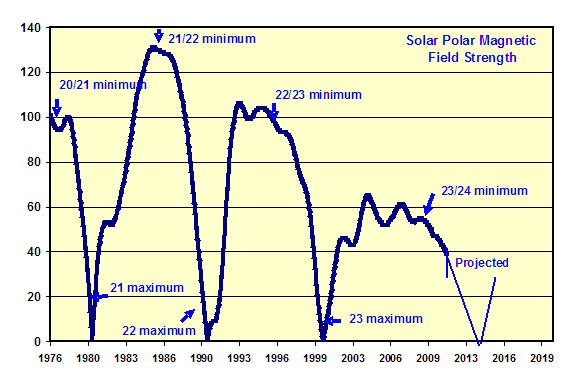Biofuels have gotten somewhat of a bad rep with conservatives because they are linked to Obama’s green energy boondoggles. Steve Hayward, at Powerline, thinks that success will be enough to turn the greenies against them. First they will be genetically engineered and will be developed by “Big Oil” partnering with entrepreneurs like Craig Venter who deciphered the human genome with private resources. He was in competition with the government funded “Human Genome Project.” My book review of Venter’s autobiography is here.
Venter does well in explaining his research and the article follows it well.
Venter said in an interview, “It’s pretty obvious that there’s nothing in the natural world to make the levels that are needed,” and he pointed to algae oil yield volumes needing approximately 20,000 gallons per acre equivalent of algae.
Venter and his research team, of course, in spring 2010, successfully created the first synthetic bacterial cell, which was controlled completely by a synthetic genome. Or as Venter explained it in his recent interview, as the first cell “to have a computer for a parent,” or “designed DNA on a living system.” Venter now says he has increasingly realized that a fully synthetic cell is the way to go to create competitive algae fuel. When it comes to tweaking naturally occurring algae cells, he says, “you’ll never get there with that. We need a fundamental change to how we approach all this.”
This will be enough to antagonize the Luddite Greenies who are ideologically hostile to genetic engineering. Some writers are already predicting problems.
Venter, the first mapper of the human genome and creator of the first synthetic cell (pictured above), said his scientific team and ExxonMobil have failed to find naturally occurring algae strains that can be converted into a commercial-scale biofuel. ExxonMobil and Venter’s La Jolla, Ca.-based Synthetic Genomics Inc., or SGI, continue to attempt to manipulate natural algae, but he said he already sees the answer elsewhere — in the creation of a man-made strain. “I believe that a fully synthetic cell approach will be the best way to get to a truly disruptive change,” Venter told me in an email exchange.
Venter made his remarks before a conference this week on the future of energy at the New America Foundation in Washington, D.C., and in subsequent emailed replies to questions.
When announced in July 2009, the Venter-ExxonMobil alliance of colossals attracted wide publicity. It called for ExxonMobil to spend up to $600 million if publicly undisclosed milestones were reached in the lab. The Wall Street Journal said the partnership might signal “a coming of age” for algae biofuel. Greenbang fretted that the alliance might actually prove “unholy,” but not Gigaom, which said it could be “algae’s big break.”
The terms of the alliance omit the fully synthetic approach that Venter is now advocating, so he is conducting “an ongoing dialog” with Exxon about a new agreement, he said. He appeared to suggest that such a new compact would require more Exxon investment.
If I were in charge of investing in alternate energy research, I would take what Venter says very seriously.
I assume that our skill set in this area has been one of the attractions for Exxon to work with us. Our success at building the first synthetic cell is only from last year and had not been achieved when we formed the agreement between SGI and Exxon. So I would say it is an ongoing dialog.
The future lies with algae and modifications of coal. Ethanol is a dead end. Venter is not the only one interested.
One of the dangers of using the synthetic algae cells is the fear that the cells could somehow be let loose on the outside world, which Venter admits could wreak havoc like turning the oceans into a sea of lipids. But Venter says that designing an organism that has self-destructive properties (it can’t live outside a lab, or it dies with a certain time period) could contain such an organism.
Algae oil company Solazyme, went public this year, and plans to commercialize its algae fuel in the coming years. Solazyme tweaks existing efficient algal strains and grows its designer algae in fermentation tanks without sunlight by feeding it sugar and then using existing industrial equipment extracts the oil. Solazyme’s stock is trading a bit under $10, way down from its IPO price of $18.
I would bet on Venter, first of all because he thinks in terms of private, profit making business. His record is pretty impressive and he has hired a lot of the world’s experienced scientists. I have previously written a number of blog posts on related topics, here, and here, and here, and here.
It’s interesting that the Titanic is being eaten by “Rusticles” that that are eating the iron in the hull. Bacteria that eat iron in an oxygen-free environment are only one of the marvels that are being discovered in the depths of the ocean and in hot vents in volcanic pools.



